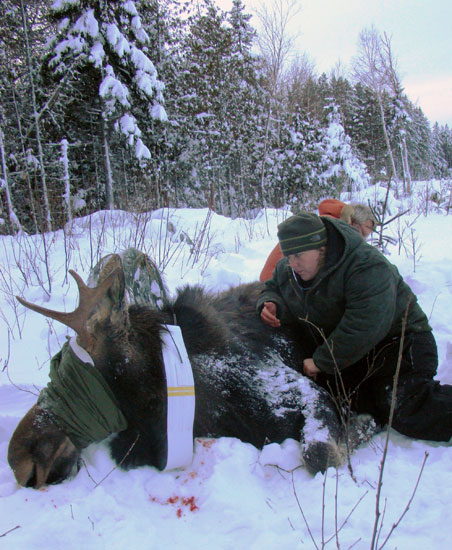 Montana Fish, Wildlife and Parks has begun a 10-year study of moose in the state to try to determine the cause of a 75 percent over the last 20 years, says an article in the Ravalli Republic. The article follows Montanta FWP biologist Nick DeCesare as he tracks one of his collared moose and finds that the moose is haggard, has blue eyes and appears to be blind — all symptoms of arterial worm.
Montana Fish, Wildlife and Parks has begun a 10-year study of moose in the state to try to determine the cause of a 75 percent over the last 20 years, says an article in the Ravalli Republic. The article follows Montanta FWP biologist Nick DeCesare as he tracks one of his collared moose and finds that the moose is haggard, has blue eyes and appears to be blind — all symptoms of arterial worm.
Arterial worm is carried by mule deer, the article notes, and is carried by horseflies. (A situation similar to the brainworm that infects moose in the East, carried by white-tailed deer, although a snail is the vector there.) The arterial worm is a top suspect in moose declines in the West.
Read the whole article, with details of the study, in the Ravalli Republic, here. The article appeared in the newspaper through Science Source, a project of the University of Montana School of Journalism.
Last week a Minnesota Department of Natural Resources press release said that, “Aerial moose survey results for 2014 show no significant change in Minnesota’s moose population even though more animals were seen than last year.” Last year the estimate was 2,760, while in 2014 the estimate is 4,350. The department says the difference is statistically insignificant.
“The higher estimate this winter likely is related to ideal survey conditions rather than any actual increase in the population,” said Lou Cornicelli, wildlife research manager for the DNR. “This year’s heavy snows across northeastern Minnesota made it comparatively easy to spot dark-bodied moose against an unbroken background of white.”
The press release also mentions an adult and calf mortality study that is in its second year, and shows 21 percent mortality among adult moose and 74 percent mortality for calves. DNR will collar additional adults and calves to replace the ones that died in the study.
Read the Minnesota DNR press release here.
Read an article in the Austin (Minn.) Daily Herald, here.
Photo: courtesy Minnesota Department of Natural Resources
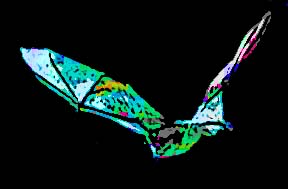 After the Wallow Fire, Arizona’s largest wildfire, burned 538,000 acres, a half-dozen biologists lead by Northern Arizona University researchers came in to study bats’ reaction to the changed ecosystem, an article in Bats Magazine, the magazine of Bat Conservation International, says.
After the Wallow Fire, Arizona’s largest wildfire, burned 538,000 acres, a half-dozen biologists lead by Northern Arizona University researchers came in to study bats’ reaction to the changed ecosystem, an article in Bats Magazine, the magazine of Bat Conservation International, says.
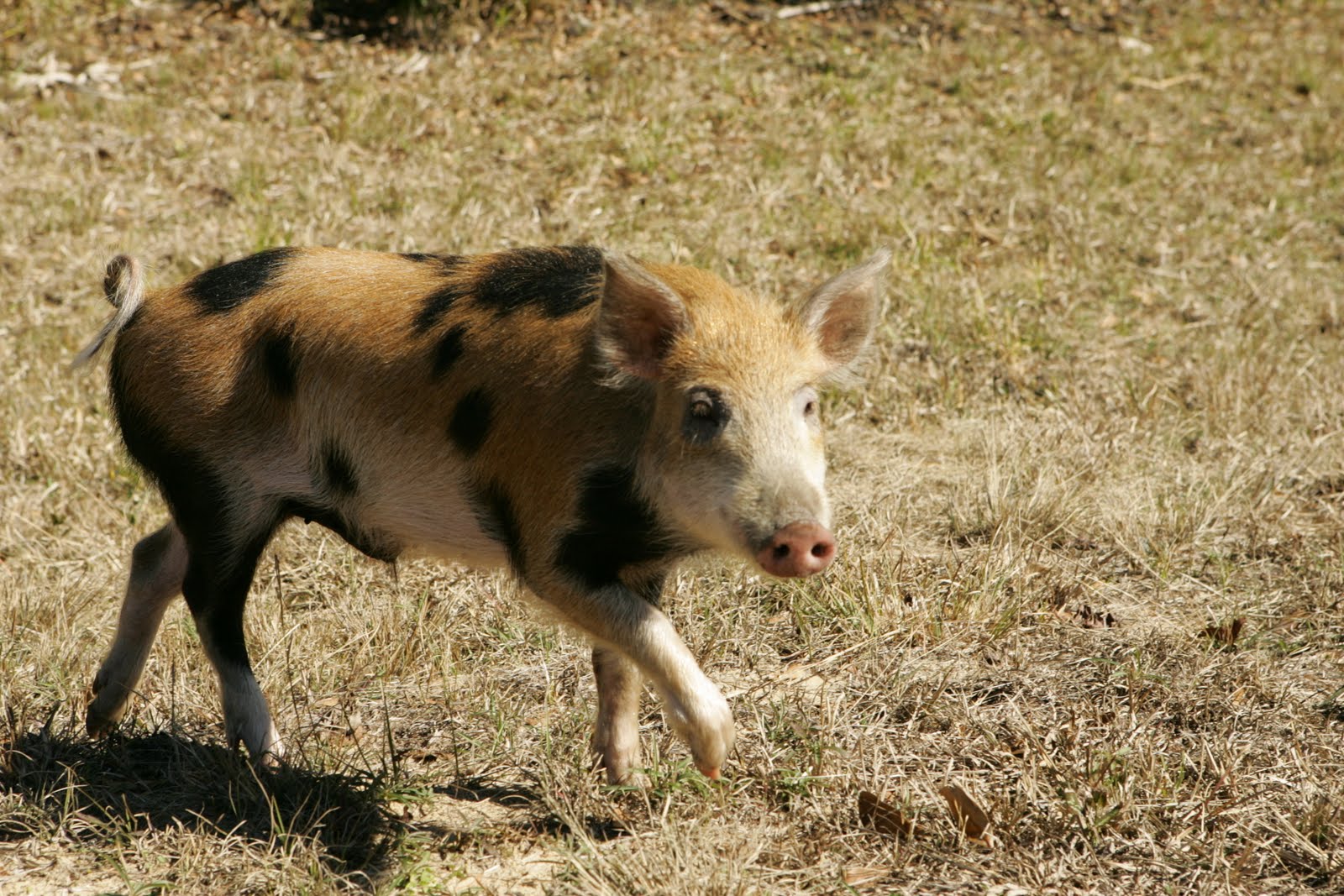 If you just can’t get enough feral hog news, eXtension, a network of university extension services has a resource for you: the
If you just can’t get enough feral hog news, eXtension, a network of university extension services has a resource for you: the  How do I put this nicely? Ducks drop dead every day. So do geese, grebes and other waterfowl. Several diseases, such as avian cholera, are capable of sweeping through large flocks, leaving many bodies behind. Most stories about waterfowl deaths end in the cause being something quite natural, if unpleasant for the neighbors.
How do I put this nicely? Ducks drop dead every day. So do geese, grebes and other waterfowl. Several diseases, such as avian cholera, are capable of sweeping through large flocks, leaving many bodies behind. Most stories about waterfowl deaths end in the cause being something quite natural, if unpleasant for the neighbors.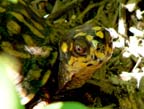 A central Massachusetts land owner sued for the right to build on his property without restriction, despite the fact that the land was deemed “priority habitat” for the state endangered Eastern box turtle. The case was first heard in court in 2009.
A central Massachusetts land owner sued for the right to build on his property without restriction, despite the fact that the land was deemed “priority habitat” for the state endangered Eastern box turtle. The case was first heard in court in 2009.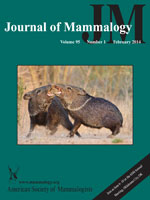 Here are the articles of interest in the most recent issue of the
Here are the articles of interest in the most recent issue of the 
 Montana Fish, Wildlife and Parks has begun a 10-year study of moose in the state to try to determine the cause of a 75 percent over the last 20 years, says
Montana Fish, Wildlife and Parks has begun a 10-year study of moose in the state to try to determine the cause of a 75 percent over the last 20 years, says The Georgia Department of Natural Resources’ Nongame Conservation Section recently released its
The Georgia Department of Natural Resources’ Nongame Conservation Section recently released its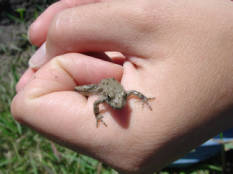
 From a
From a